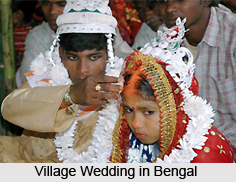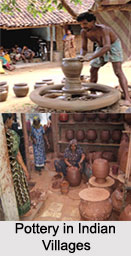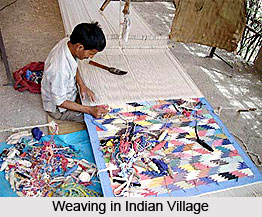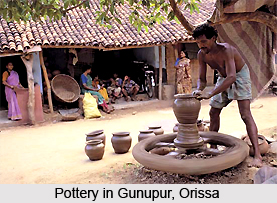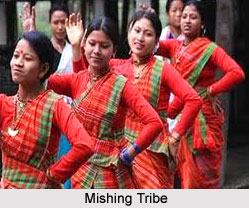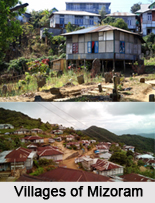 Villages of Mizoram are considered the lifeline of the state, as they hold the key for the agricultural, economic, cultural or industrial strength of the state. Located on the high hills of north-eastern India, the villages of Mizoram provide a golden opportunity for village tourism. The village society in Mizoram is a close-knit society that is devoid of class distinction or gender discriminations. Hospitality is part and parcel of the Mizo culture. A Mizo village is usually set on the top of the hill with the village chief"s house at the centre. The villagers live like a big family.
Villages of Mizoram are considered the lifeline of the state, as they hold the key for the agricultural, economic, cultural or industrial strength of the state. Located on the high hills of north-eastern India, the villages of Mizoram provide a golden opportunity for village tourism. The village society in Mizoram is a close-knit society that is devoid of class distinction or gender discriminations. Hospitality is part and parcel of the Mizo culture. A Mizo village is usually set on the top of the hill with the village chief"s house at the centre. The villagers live like a big family.
There are many tribal communities residing in these rural areas that include Chakma tribes, Pawi tribes, Ralte tribes, Kuki tribes, Lushai tribes, Paithe tribes, Himar tribes, etc. Mizo language is the most widely spoken language in the villages of Mizoram.
Education in Villages of Mizoram
The educational scenario in the villages is quite impressive and Mizoram has one of the highest rural literacy rates in India. The governmental authorities have established several government primary schools in the villages of Mizoram to provide primary education. Many colleges and universities are established in the urban areas to provide higher education. However, the governmental authorities are constantly striving to further improve the educational status of the villages of Mizoram.
Occupation in Villages of Mizoram
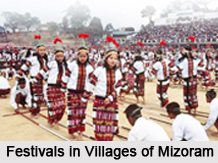 Most people living in the villages of Mizoram are dependent on agriculture to earn their livelihoods. The most interesting feature of agriculture in the villages of Mizoram is the Jhum or shifting cultivation. The even distribution of rainfall and the fertile temperate soil in the villages have facilitated extensive Jhum cultivation in Mizoram. The villagers in Mizoram cultivate the major crops like paddy, beans, cucumber, maize, arum, sesame, mustard, cotton, etc. by practising Jhum cultivation. They also cultivate the other crops like sugarcane, tapioca, oilseeds, soybean and the pulses like cowpea, French beans, rice beans, etc. Bamboo cultivation is also one of the major features of agriculture in the villages of Mizoram.
Most people living in the villages of Mizoram are dependent on agriculture to earn their livelihoods. The most interesting feature of agriculture in the villages of Mizoram is the Jhum or shifting cultivation. The even distribution of rainfall and the fertile temperate soil in the villages have facilitated extensive Jhum cultivation in Mizoram. The villagers in Mizoram cultivate the major crops like paddy, beans, cucumber, maize, arum, sesame, mustard, cotton, etc. by practising Jhum cultivation. They also cultivate the other crops like sugarcane, tapioca, oilseeds, soybean and the pulses like cowpea, French beans, rice beans, etc. Bamboo cultivation is also one of the major features of agriculture in the villages of Mizoram.
The villagers in Mizoram are also engaged in the other industries like mines and minerals, handloom and handicrafts, tourism, energy sector, etc. Practice of traditional medicines is another major occupation in the villages of Mizoram.
Festivals in Villages of Mizoram
The major festivals celebrated in the villages of Mizoram include Chapchar, Mim Kut, Pawl Kut, Thalfavang Kut, Christmas, Easter, etc. Folk songs, traditional dances are vibrant performances which are an integral part of the Mizo festivals. The most popular dance forms performed in the villages of Mizoram are Khuallam, Cheraw, Sarlamkai or Solakia, Chailam, Chawnglaizawn, Chheihlam, Tlanglam, Zangtalam, etc.
The endless variety of landscape, the hilly terrains and the rich flora and fauna in the villages of Mizoram has made them famous all over India. The villages also play a major role in the state"s tourism sector.
